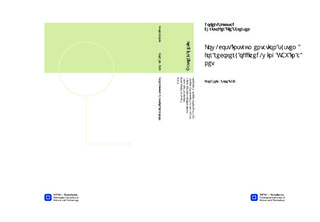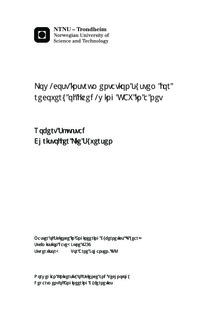| dc.description.abstract | This thesis considers the feasibility of using an inexpensive Real-Time Kinematic Global Positioning System (RTK-GPS) unit to provide position data to support a high precision landing of an Unmanned Aerial Vehicle (UAV) into a net. Both dynamic- and stationary-net platforms were considered and custom guidance controllers were designed for both applications. Fully functioning, the system is intended to remove the need of a pilot when operating UAVs from confined platforms. The ArduPilot Mega (APM) was the selected micro-controller for providing the approach guidance. It already supported autonomous waypoint flight, based on absolute GPS-based position reference. Accommodation of the new RTK-GPS distance vector, a measure of the relative distance between base station and UAV, in custom guidance algorithms constituted the main bulk of work. Real-Time Kinematic Library (RTKLIB), an open source RTK software, was used for calculation of the relative distance vector, also known as baseline vector.The custom guidance controllers utilized model-less controller logic, and the longitudinal and lateral axes were completely uncoupled. The longitudinal controller, governing throttle- and pitch setpoints, was comprised of two Proportional, Integral and Derivtive (PID) controllers. The lateral controller, a non-linear lookahead-based controller, produced a setpoint for the desired aircraft roll. Other main topics of the thesis were; HIL-simulation based on the software XPlane and MissionPlanner and real-life testing with the model aircraft X8 Skywalker.HIL-simulations confirmed the feasibility of the guidance controllers, while real-life testing showed sufficient precision of the entire system, baseline vector and custom guidance controllers combined, for retrieval of a UAV in a 3 m high by 5 m wide net. | nb_NO |

